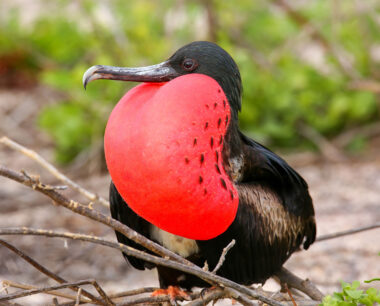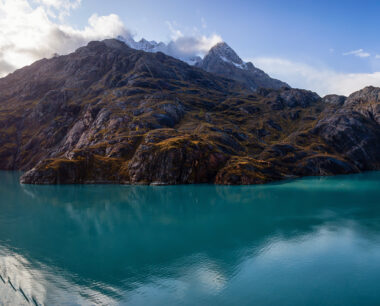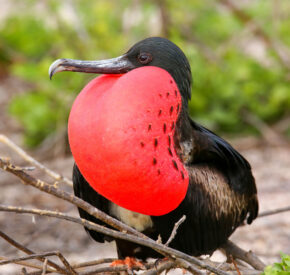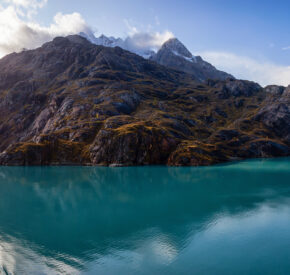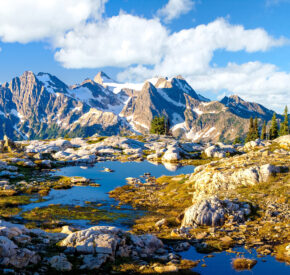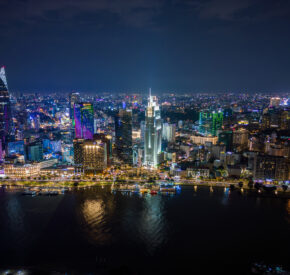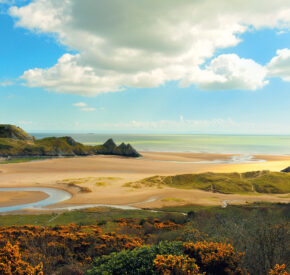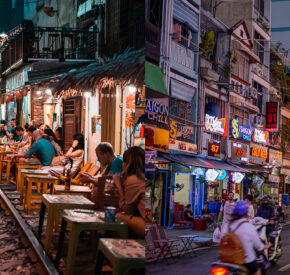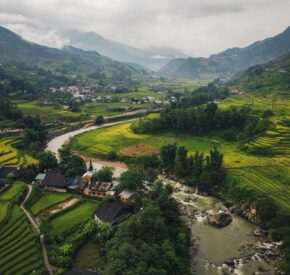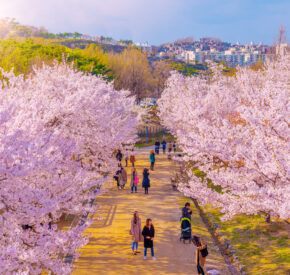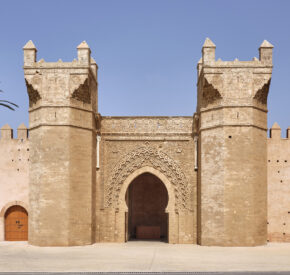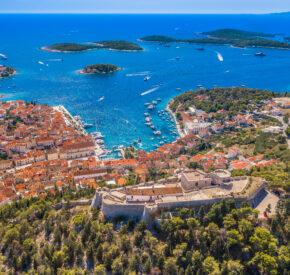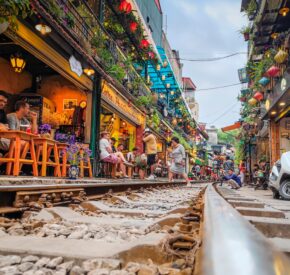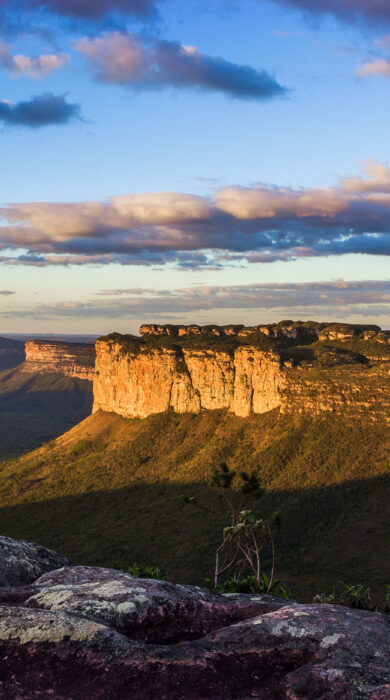
10 beautiful national parks in South America you may not have heard of
South America is home to more than 300 national parks, yet so many fly under the radar. From vast wetlands that have undergone extensive rewilding projects, to coastal mountains with deep-rooted Indigenous heritage, we showcase some of our unsung favourites…
1. Iberá National Park, Argentina
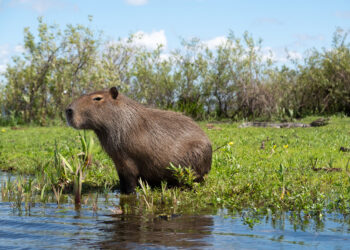
Capybara, marsh deer and caiman are among the varied wildlife living in the wetland-dominated habitat of Iberá National Park. Situated in the far north of Argentina, the 13,000-sq-km landscape is the second largest wetland in the world, covered by lagoons, grasslands and subtropical forests, and attracting 360 species of migratory birds between September and March, including kingfishers, owls and egrets. Iberá is an environment success story, with recent rewilding efforts transforming it into the thriving ecosystem it is today. An example of this includes the reintroduction of the jaguar, now reportedly making a strong comeback. Visitors today can take part in horseriding, kayaking and hiking activities and experience close encounters.
Read next: 22 of the world’s weirdest animals
2. Santa Marta National Natural Park, Colombia
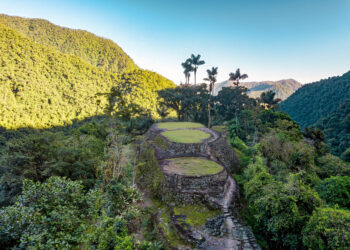
Situated on Colombia’s northern Caribbean coast, Sierra Nevada de Santa Marta National Natural Park is home to the highest coastal mountain range in the world, with Mount Colón peaking at an enormous 5,775 metres. The park has important cultural roots, known for being the birthplace of the Indigenous civilisation of Tayrona: approximately 70,000 descendants still live here and belong to the Kogui, Arhuaco, Kankuamo, and Wiwa communities. Within the protected area is Ciudad Perdida (known as the Lost City), an important heritage site that is often compared to Peru’s Machu Picchu – just without the crowds. Taking a tour is highly advised to gain a richer understanding of its sacred and sensitive history.
3. Patagonia National Park, Chile
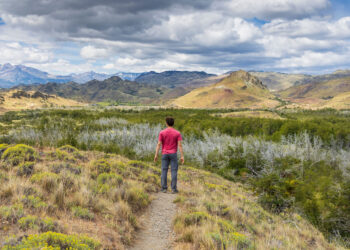
Those eager to spot pumas in the wild might think popular Torres del Paine can be the only place to go, but this national park in Chile’s Aysén region is the alternative you’ve been waiting for. Witness an old estancia return to its former glory as rewilding efforts continue to take place across Patagonia National Park. Fences were torn down and livestock sold in order to restore the natural grasslands and forests of this 174,500 sq km area. Today, more than 100 bird species can be spotted, along with guanacos, huemul deer and yes, South America’s legendary big cat, the puma.
Read next: Puma spotting in Patagonia Park
4. Chicamocha National Park, Colombia
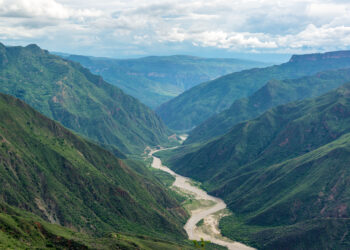
Home to one of the world’s largest canyons, Chicamocha National Park, in Santander delivers when it comes to natural wonders. Formed over 40 million years, Chicamocha Canyon stretches up to 227 km in length and up to 2,000 metres in depth. A few thrilling ways for visitors to explore the park is by riding a cable car, paragliding or ziplining, however you can also take in the high views by staying firmly on the ground. Jump aboard a colourful chiva next to the Monument to Santandereanidad, and you’ll be transported in traditional Colombian fashion to experience some of the best 360-degree canyon views.
5. Chapada Diamantina National Park, Brazil
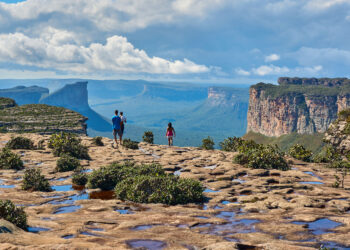
As the fifth largest country in the world, Brazil is unsurprisingly home to big national parks. At 38,000 sq km, Chapada Diamantina National Park in central Bahia is larger than the size of Belgium! Once a large diamond-producing region (hence the name), mining activities were stopped in Chapada Diamantina following its national park designation in 1985. The vast landscape is predominately made up of tepuis (flat-topped mountains) and enormous valleys blanketed by forests. Venture into the mountains and you’ll find secret natural wonders, such as the 340-metre high Fumaça Falls, the second highest waterfall in Brazil, and the enchanting Poço Encantado cave. Unsurprisingly, this national park is one of the best places for hiking in Brazil, with choices varying from one-day walks to multi-day treks.
6. Nahuel Huapi National Park, Argentina

This 90-year old national park is the oldest in Argentina, yet too often overlooked by international travellers who skip it for Southern Patagonia’s popular parks. Located near Bariloche in Argentina’s Lake District area and teetering on the border with Chile, water is the predominant theme. Lago Nahuel Huapi is 100km-long lake with fingers that bleed into the surrounding peaks, with waterfalls and river rapids also vying for your attention. Take to the glassy waters by canoe or kayak, then venture up into the surrounding spruce-blanketed mountains on foot or two-wheels to enjoy the park’s landscape from above.
7. Yasuní National Park, Ecuador
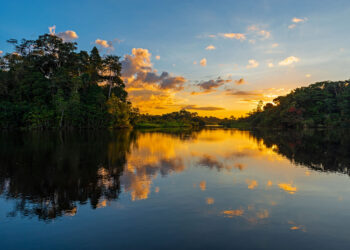
As mainland Ecuador’s largest protected area, Yasuni National Park delivers when it comes to biodiversity. Wildlife found within the 10,000 sq km park includes jaguars, anacondas and harpy eagles, alongside much cuter animals, including the world’s smallest primate, the pocket monkey. Human culture is also protected here, with the Waorani and Kichwa Indigenous communities occupying part of Yasuní’s land. Of course, the best and safest way to experience this wild Amazon ecosystem is on a guided tour, usually involving kayaking on lagoons, interacting with the Indigenous communities and staying in an eco-lodge.
8. Tijuca National Park, Brazil
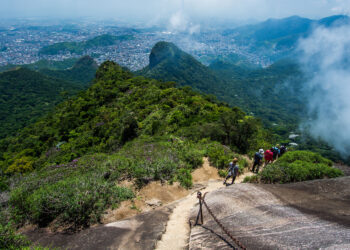
Everyone knows Rio, but what they often don’t know is just a stone’s throw away from the Brazilian city is a piece of jungle paradise, also said to be the world’s largest urban forest. Tijuca National Park is a 38-square-kilometre green area dotted with waterfalls, creeks and mountain peaks (the tallest being Pico da Tijuca) and is also the home to Brazil’s most iconic landmark, Christ the Redeemer. There’s plenty here to excite wildlife enthusiasts too: walk one of its many marked trails and you might bump into monkeys, iguanas and toucans.
9. Sajama National Park, Bolivia
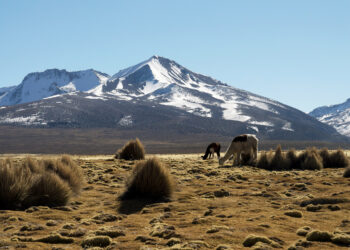
As travellers head for Bolivia’s hot spots such as Salar di Uyuni and Lake Titicaca, they’re missing out on experiencing its secret natural treasures that they can have all to themselves. The best example is Sajama National Park: sitting on the border with Chile, it’s Bolivia’s oldest national park. A couple of hours drive from La Paz, the altiplano park is home to high-altitude fauna, such as alpacas and flamingos, hot springs, and Bolivia’s highest mountain, Nevada Sajama. It’s cultural wonders – including ancient ruins, cave paintings and colonial architecture – has put it on UNESCO’s tentative list to become a World Heritage Site. It also has a rich Indigenous heritage, with Aymara communities living in the area for thousands of years, and still do today.
10. Huascarán National Park, Peru
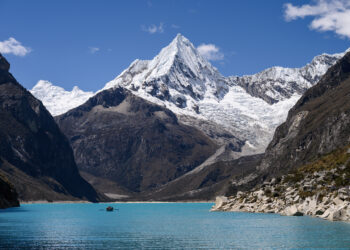
Located within the Cordillera Blanca, the world’s highest tropical mountain range just north of central Peru, Huascarán National Park has peaks that reach up more than 6,000 metres above sea level, with Mount Huascaran being the tallest at 6,768 metres. Sprinkled between these peaks are hundreds of dazzling turquoise pools, formed from the melting waters of approximately 600 glaciers. With several marked trails, it a hiking-lovers paradise, but the high altitude certainly adds to the challenge. Look out for the floral Queen of the Andes, locally named the puya de Raimondi as well as soaring Andean condors up above.
Read next: Must-see wildlife in Peru



